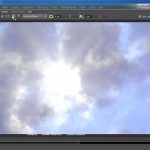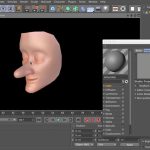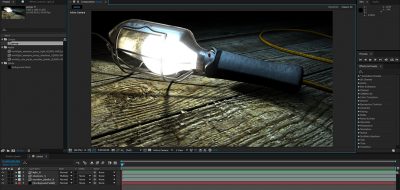Maya users need a new Maya to Ae tool. Although After Effects can open Maya files natively, that system has been deemed sufficiently inept. The Maya files that Ae imports only can understand the most basic things, and those things need to be set very specifically – So there are some hoops that you need to go through in order to get the few things from Maya over to Ae.
We’ve always been a bit frustrated with the workflows for getting Maya scenes into After Effects so we decided to build our own method.Ian Waters - mash.mainframe.co.uk
Maya users have been sitting on the sidelines watching much better Ae integration with other applications. 3ds Max first, and Cinema 4d next with Cineware. Finally there has been some movement for an effective Maya to Ae tool, and it comes to use from Mainframe North’s Ian Waters, who started writing something on his daily train commutes.

MASH 3.1 sets the groundwork for a Viable Maya to AE Tool
Recently new in the MASH version 3.1 is a new Maya to Ae tool allowing you to move important data from Maya over to After Effects easily. The Maya to Ae tool is far from the sophisticated premise that we find in Cineware, but it is a much welcome and great start.
The Maya to Ae tool in MASH 3.1 saves out a common JSON file that can then be imported into After Effects, bringing in lights, nulls, cameras, 2D planes as solids, and text layers from Maya. It does this without the need to bake out animations in Maya, or name nulls by any specific convention.
In fact, MASH’s Maya to Ae tool can even bring in animated data such as light intensities, camera focal length, etc. This is in addition to the object’s animated transform or rotation properties.
The tool seems to be in its early beta stages, but seriously even in this form, the Maya to AE tool is a much needed addition to MASH, Maya and After Effects users.
Ian notes that the Maya to Ae tool is included in MASH for now but it doesn’t rely on MASH to work, it’s just included in the installer. At some point in the future it may simply be available as a separate plug-in.
If you need something that will allow you to transfer Maya animation and simple objects over to After Effects,then check out the Maya to AE tool found in the latest version of MASH 3.1 here.
MASH 3.1 also includes some new nodes, with a new blend deformer node as well as a new jiggle deformer.
The Blend deformer will allow you to blend from one shape to another suing maps, falloff objects or even a curve to control blending. This includes the ability to inflate your models (expand them along their normals) and smooth them. All these attributes work with the falloff objects, so you can use them to control which parts of your model get smoothed, morphed or inflated. It can lead to some novel transitions.
The new jiggle deformer offers a more simple and faster jiggle deformer than Maya’s native own, again allowing for maps and falloff objects to control its affect.



